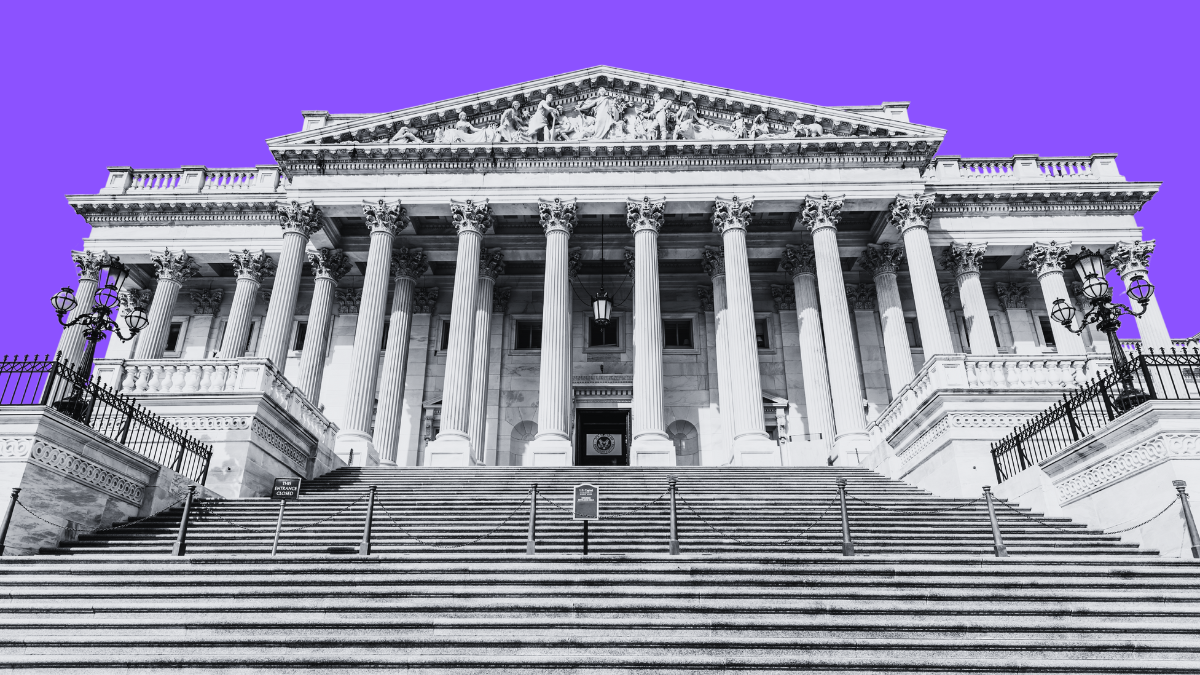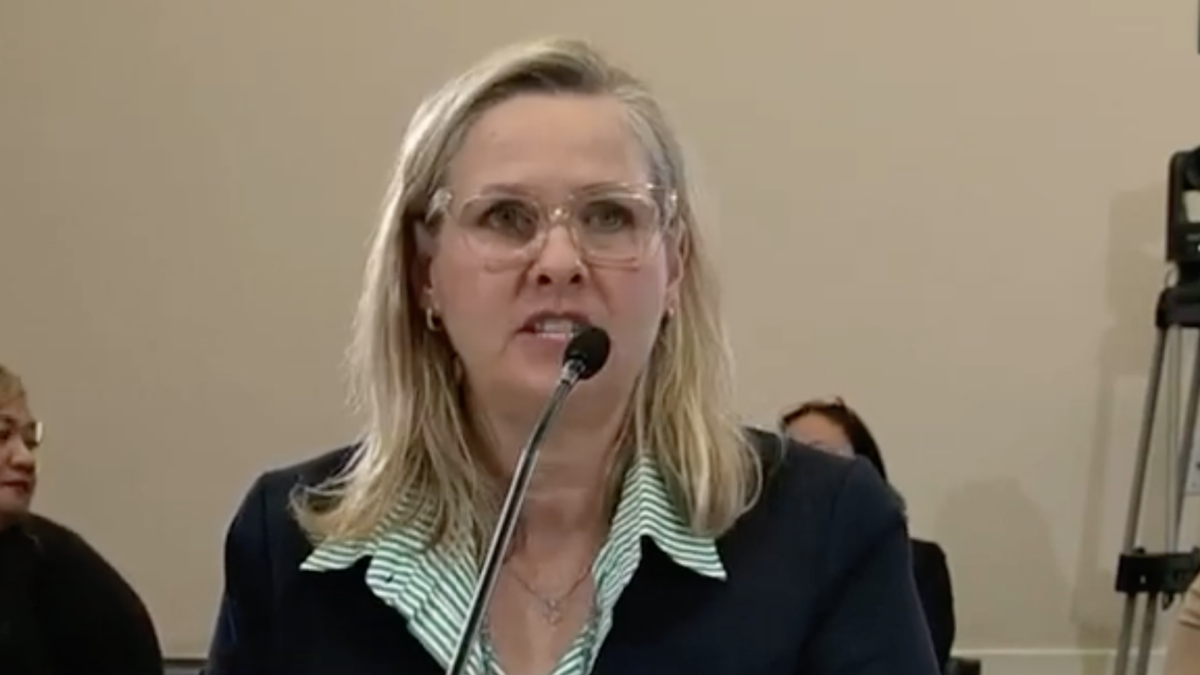
The corporate press is awash in articles speculating about the future of the Republican Party after Donald Trump. Will it purge pro-Trump elements and return to some semblance of its pre-2016 form, or double down on Trumpism and Trump, defending him even in the face of a major electoral loss and a Senate impeachment trial?
Most such articles entirely misunderstand what’s going on with the GOP and how to think about Trump’s takeover of the party. One of the worst was just published in The Atlantic, written by Chris Hayes of MSNBC under the absurd headline, “The Republican Party Is Radicalizing Against Democracy.”
I hate to respond to anything published in The Atlantic these days, much less anything written by Hayes, but his meandering take is so slyly but profoundly backwards it must meet a response. The thrust of his argument is that Republicans have given up on policy fights of the past and are instead motivated today by “a set of resentments (often intensely gendered and racialized) about who will run the country.”
As evidence, he cites the election of 2004, in which gay marriage and the Iraq War were major motivating issues for GOP voters. Today, most Republicans oppose the Iraq War and don’t really care about gay marriage, at least as a matter of public policy. He also notes the disconnect between the GOP donor class, which cares about things like corporate tax cuts and deregulation, and ordinary Trump voters, who, says Hayes, above all want a party that fights for them like Trump did—an accurate if oversimplified description.
But Hayes is wrong to explain all this in terms of “gendered and racialized” resentments, as if Trump voters either don’t understand or don’t care about policy, and view the GOP simply as a vehicle to express their prejudices. A more cogent (and less contemptuous) explanation requires a deeper understanding of how and why the Republican Party changed since 2004. Specifically, it requires an understanding of why many conservatives agreed to support George W. Bush’s Republican Party in the first place, and why they came to regret that support.
There are two parts to this. The first has to do with policy and the divide between the donor class and the GOP establishment on the one hand, and Trump’s Republican base on the other. That divide is stark, and the two sides have been drifting apart for decades.
In 2016, Trump exposed that drift for the chasm it had become, not by stoking “a set of resentments” but by giving voice to policies that GOP voters really cared about but that their party leaders and the donor class had begrudgingly paid lip service to—like abortion and immigration and trade—then totally ignored whenever Republicans gained power.
Trump won the Republican nomination by exposing and exploiting this rift in the GOP. By siding with the voters on issues they care about over and against the donor class, Trump was also able to bring in new voters to the party and win the presidency.
In so doing, he pointed the way forward for the GOP to become a populist conservative party—unapologetically patriotic and pro-American, yes, but also willing to use the power of the federal government to help ordinary people rather than always serve special interests. That his time in office saw more victories for special interests (corporate tax cuts, deregulation) than ordinary Americans is a testament to the power of the donor class and its sway over the GOP establishment in D.C.
Republicans Need A Fighter
That’s only one part of the explanation. The second part—what Hayes and the rest of the corporate press chalk up to cultural “resentments”—is about wanting a party that stands up to the overwhelming forces of the far left that dominate the media, academia, Hollywood, Big Tech, and corporate America. That doesn’t mean Republicans don’t care about policy, it just means they also care about other things less obviously tied to a specific policy agenda.
Republican voters might have acquiesced on gay marriage, for example, but that doesn’t mean they agreed to being forced to bake cakes for gay weddings. They might have made peace with the Affordable Care Act, but that doesn’t mean they support Catholic nuns being forced to provide birth control in violation of their religious beliefs. They might be willing to use a person’s preferred pronouns or talk about the legacy of slavery in America, but that doesn’t mean they’ll tolerate the insanity of transgenderism or the institutionalization of critical race theory in public schools.
It’s worth noting that all these things that were once thought of as cultural issues are now, thanks entirely to Democrats, also policy issues that require pushback. Until Trump came along, almost no Republican leader was willing to fight them.
So when Hayes asks, “What if the overwhelming number of Trump supporters simply won’t vote to give control to the Democratic Party, even if the party is pushing agenda items they like? What if the driving imperative for the large majority of voters—but particularly for those on the aggrieved right—is that they want their people in control?” The answer is that the driving imperative for the large majority of GOP voters is that they want to be left alone, and they know an increasingly radicalized Democratic Party won’t ever leave them alone.
Marginal policy agreements or compromises aren’t enough to overcome this reality. Hayes says that “the modern base of the GOP is willing to accommodate, or even heartily support, all kinds of wild deviations from conservative orthodoxy,” like maybe even a $15 an hour minimum wage, so long as it’s Trump supporting it. Maybe, but Hayes also thinks Trump’s support for strong borders and trade reform were deviations from conservative orthodoxy, when in fact those threads have run through the GOP for more than 30 years.
The larger point is that if Democrats gain control and find they have the votes, we’re not just going to get a higher minimum wage, we’re also going to get taxpayer-funded abortion and critical race theory in schools and a whole host of things ordinary Republicans don’t want and would never support. What Hayes and the rest of the corporate press don’t get is that many GOP voters were drawn to Trump because he was the first Republican in decades who stood in firm opposition to those things and didn’t apologize for it.
Moreover, the idea that there’s a “strange paradox” whereby the policy gap between Republicans and Democrats is narrowing even as a growing faction of GOP voters “seeks to destroy majority rule” is pure fiction. The policy gap overall is widening, not narrowing, and a growing faction of GOP voters are drawn to Trumpism because it doesn’t shy from opposing Democrat efforts to dismantle our constitutional system.
That’s not opposition driven by resentment, it’s opposition driven by a renewed conservatism. Trump helped with that renewal by forcing a reckoning between diverging factions of the GOP, but he is not its focus or its end.
What’s likely to emerge in a post-Trump GOP is a populist conservatism committed to protecting our borders, our industries, and the unborn. It will also be intent on defending things like the U.S. Senate and the Electoral College—the last constitutional checks on a Democratic Party that wants to impose a far-left agenda on the entire country.
Pundits like Hayes will argue that there’s nothing radical about the Democratic Party, but that’s why his analysis of the Trump-era GOP falls flat. If you can’t admit the Democrats are in thrall to the extreme left wing of their party, then you won’t be able to understand why people are drawn to Trump.
You can smear Republicans as “radicalizing against democracy,” but it’s really that Republicans are radicalizing against direct democracy. They know it’s the only way to save the republic.








